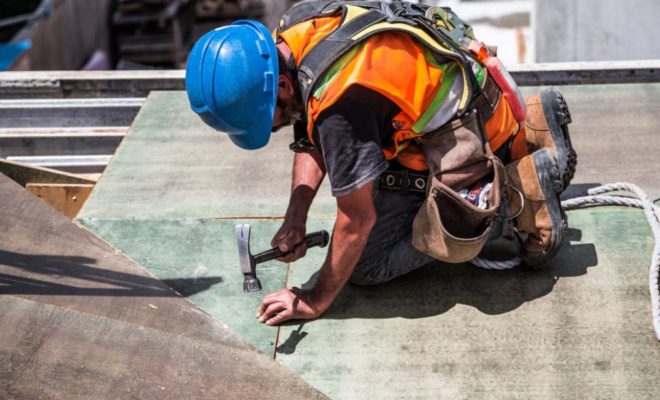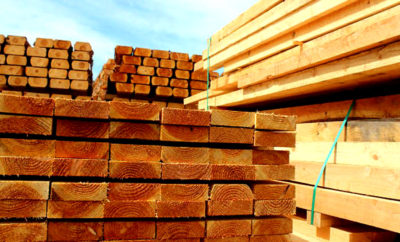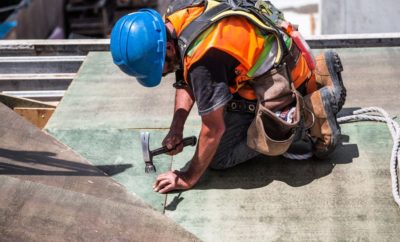
Changes in construction and building have excellent potential to slow global warming
Adjustments in building, as well as construction, have terrific prospects to slow global warming.
Most of us invest a big chunk of our lives in one structure or another, yet have you ever before stopped to consider the greenhouse gases linked to the building and construction of these structures?
One method to lower greenhouse gases is the use of recycled and a lot more environmentally friendly building materials.
The United Nations Environment Programme (UNEP) International Resource Panel has actually simply published a current record entitled Resource Performance and Environment Modification: Material Effectiveness Approaches for a Low-Carbon Future.
Commissioned by the G7 countries, it reveals that natural resource extraction and also handling represent greater than 90 percent of global biodiversity loss and also water stress, and around half of worldwide greenhouse gas emissions.
The searchings for point to possibilities to decrease these effects with material effectiveness in residences and also vehicles.
According to the Panel’s modeling, exhausts from the worldly cycle of property buildings in the G7 and also China could be minimized by a minimum of 80 percent in 2050 through a series of product performance techniques.
A design with fewer or alternative products and more recycling of construction materials are among one of the most promising techniques, it says.
More concretely, the Panel’s modeling informs us that within the structures as well as the construction sector, we can reduce greenhouse gas discharges by 350 million tonnes in China; 270 million tonnes in India, and also 170 million tonnes in G7 countries, between 2016 and also 2060.
“Policy intervention from different angles is required to achieve these savings,” claims the head of UNEP’s Cities Unit, Martina Otto.
“Policies can influence how people live, which materials they use and how they use them. Instruments such as taxation, zoning and land use regulation play a role, but so do consumer preferences and behavior. Building codes and standards drive building performance and connect building design to policy. They can encourage or constrain material efficiency and circularity.”
According to the 2019 Global Status Report for Buildings and Construction, practically 40 percent of energy-related greenhouse gas emissions are from the buildings and also the construction market.
”In the buildings and construction sector, much attention was concentrated on ‘operational energy efficiency’, the energy used in buildings and which can be influenced by building design, insulation, passive solutions for heating and cooling, appliances and systems improvements as well as maintenance and usage,” says Otto. “But we also need to look at materials to reduce pressure on natural resources and ‘embodied carbon’.”
Embodied carbon is the amount of carbon (CO2 or CO2 emission) to generate material.
Structure design as well as making use of recycled and different products
In G7 countries, product performance techniques, including the use of recycled materials, can minimize greenhouse gas emissions in the material cycle of domestic structures by 80 to 100 percent in 2050, the Panel’s record suggests. Prospective decreases in China might amount to 80 to 100 percent, and also to 50 to 70 percent in India in 2050.
“There are many different options. For example, sustainably managed and harvested timber has the potential to reduce greenhouse gas emissions by 1 to 8 percent in 2050 in the G7,” says Otto. “There are also a variety of new products, for example from agricultural waste, that could help close loops towards circularity. Choices need to be locally appropriate and include sustainability considerations.
“Designing buildings using less material (savings of 8 to 10 percent in 2050 in the G7, according to the Panel’s report) is another thing to look at, alongside passive cooling and heating and natural light to reduce operational energy at the same time.”
The consumption angle
Steps with the highest effect as well as the cheapest cost consist of getting higher usage out of buildings for even more hours per day and also expanding the lifetime of buildings (the Panel claims as much as 70 percent savings could be accomplished by 2050 in the G7).
Improved recycling could decrease greenhouse gases by 14 to 18 percent in 2050 in the G7.
Overall, collective savings in the period 2016-2050 from these strategies in the G7 would certainly total up to 5 to 7 gigatonnes of CO2 matching, says the record.
Looking at the entire building life cycle, material performance strategies could minimize discharges in 2050 from the building, operations and takedown of houses by 35 to 40 percent in the G7. Comparable cost savings might be approximately 50 to 70 percent in China as well as India.
“Virgin material taxation and removal of virgin resource subsidies should be key options for policymakers,” states Otto. The Global ABC Roadmaps 2020– 2050 supply targets as well as timelines to achieve zero-emissions, reliable and resistant buildings and building and construction.
The globe must promptly begin to deliver faster greenhouse gas discharge cuts to keep the international temperature increase to 1.5 ° C, states November 2019 edition of UNEP’s Emissions Gap Report.
“To achieve this goal, we will need to use the full range of emission reduction options. We need progress in all sectors: energy, industry, agriculture, forestry, transportation and buildings, better integration across sectors, and urban planning and design to meet this target,” states Otto.
For more info, contact source: Martina Otto at martina.otto@un.org























